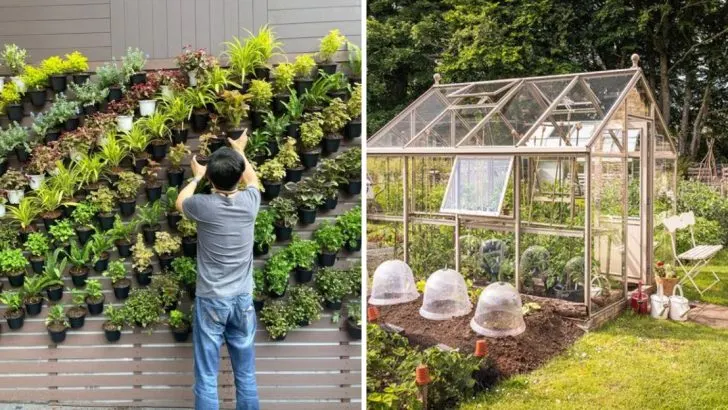Gardening is more than just a hobby – it’s a way to connect with nature, express creativity, and create a personal sanctuary. As we step into 2025, a fresh wave of gardening trends is transforming how we design and care for our outdoor spaces.
This year, expect to see innovative approaches that prioritize sustainability, bold design choices, and eco-friendly practices that embrace biodiversity.
Whether you’re an experienced gardener or just starting, these 10 exciting trends will inspire you to reimagine your garden and bring new life to your landscape. Let’s dig in!
Vertical Gardens
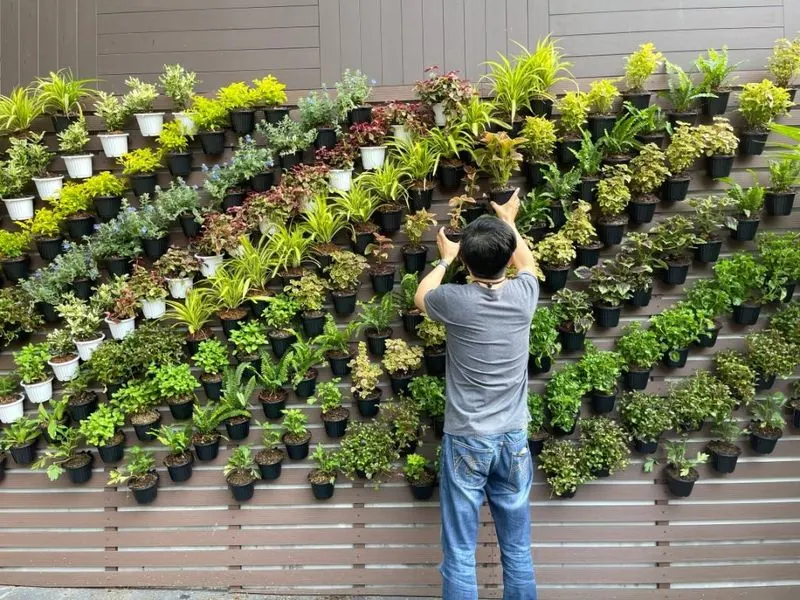
Gardens are reaching new heights, literally. Vertical gardening is gaining popularity in urban settings where space is a luxury. These gardens transform walls into living canvases, offering a splash of nature in confined spaces. They’re ideal for apartment dwellers longing for a green touch.
Creating a vertical garden is surprisingly approachable. Start by choosing a wall with good sunlight and select plants that thrive vertically. Succulents, ferns, and small flowering plants work wonders. With minimal space and resources, you can cultivate a vibrant living wall that’s both functional and decorative. It’s a trend that’s as practical as it is visually striking.
Smart Gardening Technology
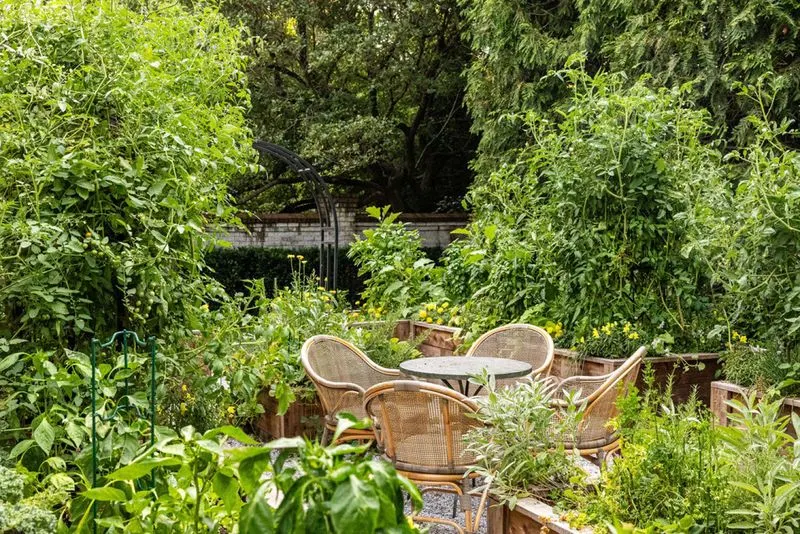
Technology is revolutionizing the way we garden. Smart gardening tools are empowering enthusiasts to maintain thriving gardens with ease. From automated watering systems to sensors monitoring soil conditions, these innovations bring precision and convenience. Imagine adjusting your garden’s water supply from your phone while sipping coffee.
Smart tech ensures plants receive optimal care, even when you’re miles away. It’s a must-have for tech-savvy gardeners or those with busy schedules. Embracing such technology not only optimizes plant growth but also conserves water and reduces manual labor. This trend reflects the seamless integration of nature and technology.
Sustainable Landscaping
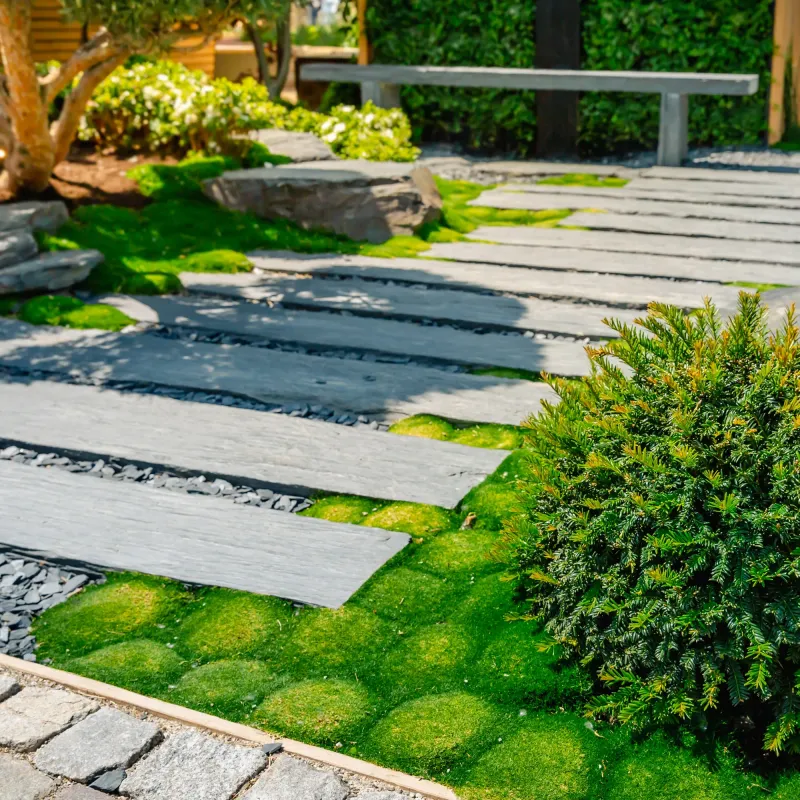
Sustainability is at the heart of modern gardening. The focus is on creating landscapes that respect nature’s balance. Native plants are preferred for their adaptability and low maintenance. Rainwater collection systems and solar-powered lighting are becoming staples. These practices reduce environmental impact while enhancing garden resilience.
Opting for sustainable materials and recycling garden waste can further lower your carbon footprint. This approach not only benefits the planet but also creates a self-sustaining garden that requires less intervention. It’s a rewarding experience for those committed to ecological responsibility, providing beauty without compromise.
Edible Gardens
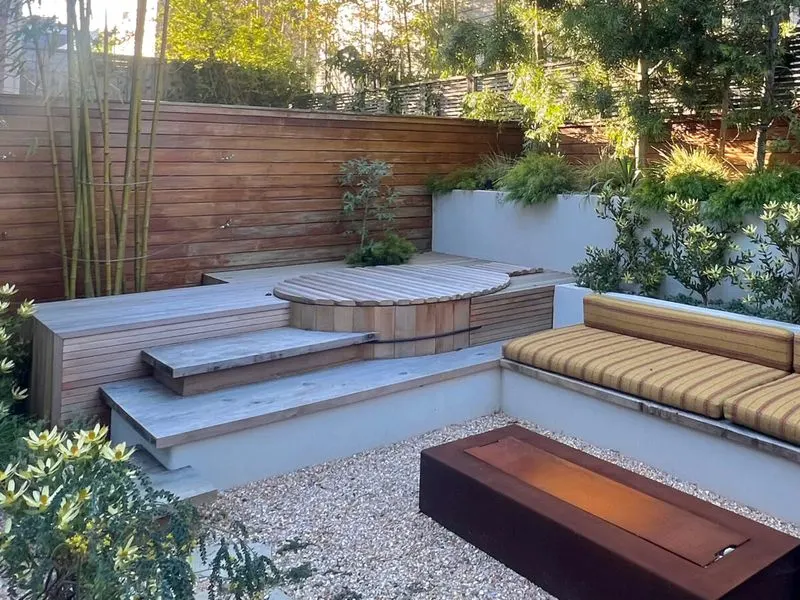
The edible garden trend is transforming backyards into bountiful food sources. Growing your own herbs and vegetables is both rewarding and sustainable. It’s an excellent way to ensure fresh, organic produce is always on hand. Families are finding joy in cultivating their meals together, teaching children the value of food and the effort it takes to grow it. Starting an edible garden doesn’t require vast spaces.
Containers, raised beds, or small patches can suffice. With careful planning and a bit of patience, you can enjoy a harvest that nurtures both body and soul. It’s a deliciously satisfying trend.
No-Dig Gardening
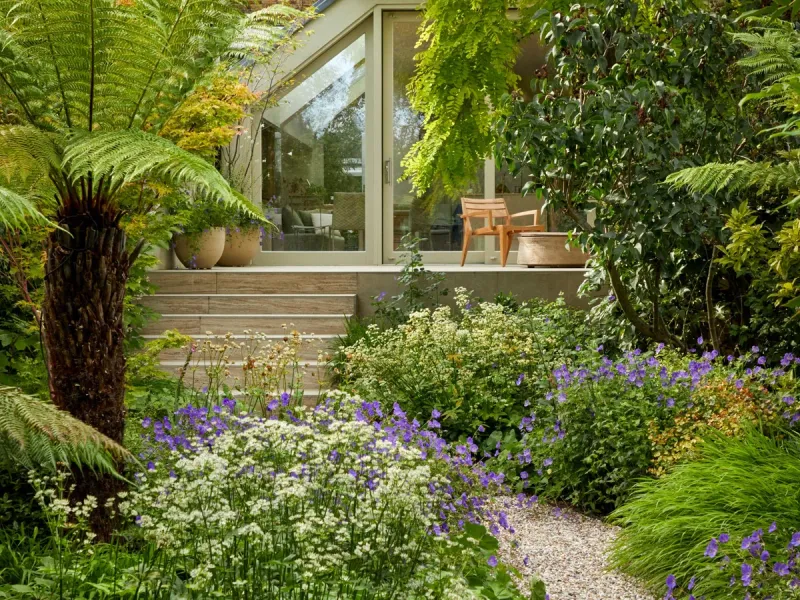
Gardening without digging is gaining traction for its simplicity and soil health benefits. This method involves layering organic materials, like compost and straw, directly on the soil surface. It’s a gentle approach that preserves soil structure and encourages microbial activity.
No-dig gardens are less labor-intensive and reduce weed growth. This technique is perfect for gardeners looking to enhance soil fertility naturally. Begin by laying a thick layer of organic material, which breaks down over time, enriching the soil beneath. It’s an accessible, eco-friendly trend that invites more people to enjoy gardening without the back-breaking work.
Natural Pest Control
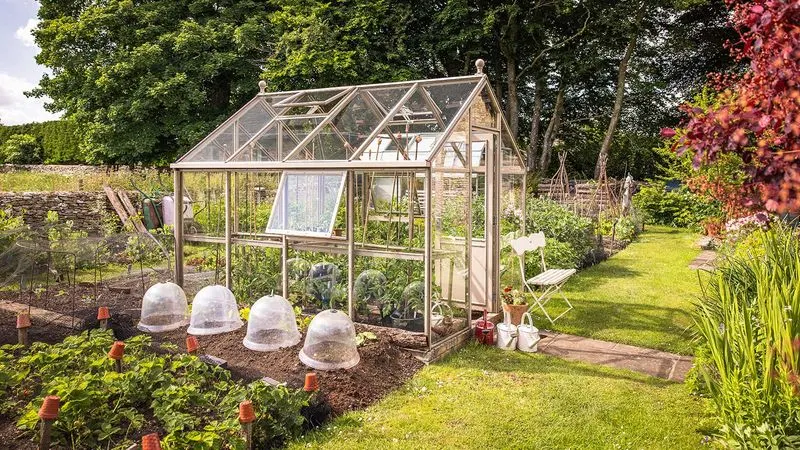
Chemical-free pest management is becoming a cornerstone of modern gardening. Natural pest control methods emphasize balance and biodiversity. Companion planting, where certain plants repel pests for each other, is a popular choice. Neem oil and diatomaceous earth are other effective solutions. These methods protect plants without harming beneficial insects or the environment.
Gardeners are becoming more aware of the ecological impacts of pesticides, opting for sustainable practices. By fostering a healthy ecosystem, natural pest control supports thriving gardens. It’s an empowering approach that aligns with the growing trend of eco-conscious gardening.
Wildlife Gardens
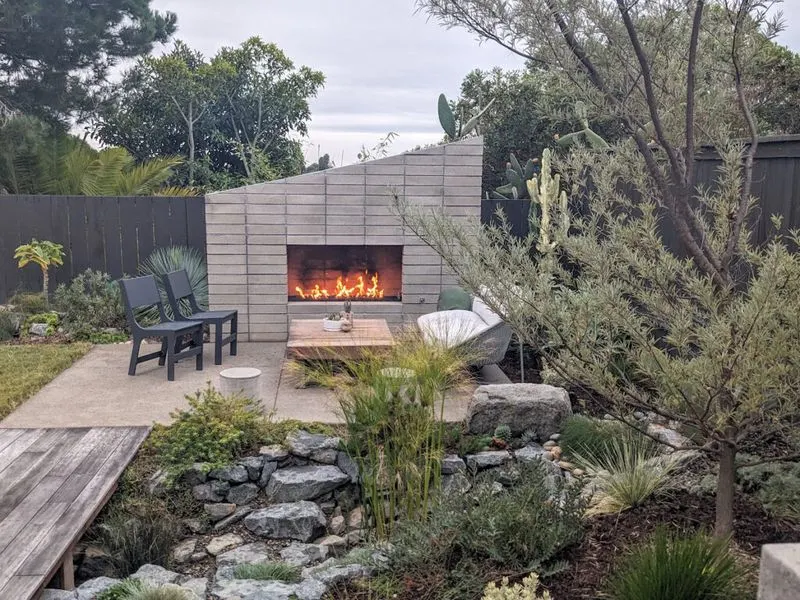
Inviting wildlife into gardens is a heartening trend for 2025. These gardens are designed to provide habitat and nourishment for birds, bees, and other beneficial creatures. Birdhouses, bee hotels, and ponds are common features. Such gardens create vibrant ecosystems that support biodiversity.
They’re also a joy to observe, offering endless fascination throughout the seasons. To start, incorporate native plants that provide food and shelter. This trend is perfect for nature lovers wanting to contribute to conservation efforts. Wildlife gardens not only enhance the environment but also enrich our connection to nature.
Multisensory Gardens
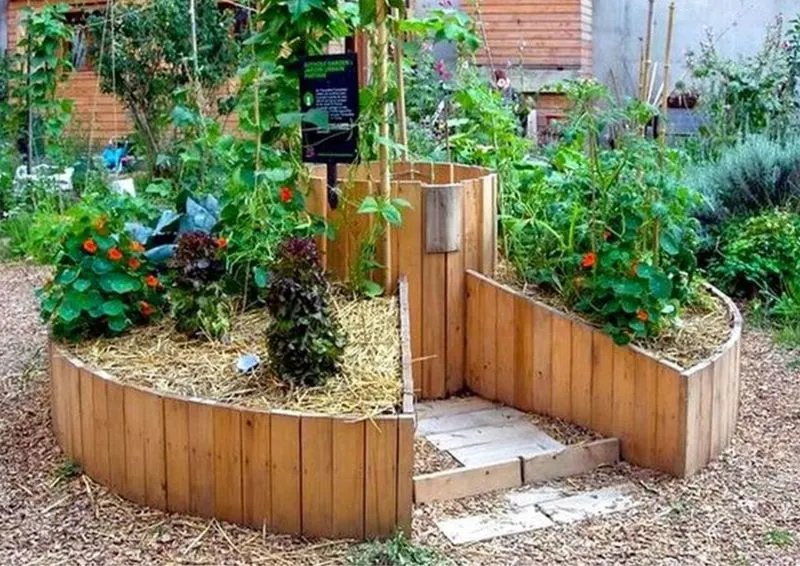
Gardens that engage all five senses are taking center stage. Multisensory gardens are designed to stimulate sight, smell, touch, taste, and hearing. Fragrant blooms, textured leaves, and edible plants are key elements. Water features and wind chimes add soothing auditory layers.
These gardens offer a unique way to experience nature’s richness. They’re perfect for therapeutic purposes or simply enhancing relaxation. Planning a multisensory garden involves selecting diverse plants and features that provide varied sensory experiences. This approach transforms gardening into a holistic activity that nurtures both the mind and body.
Biophilic Design
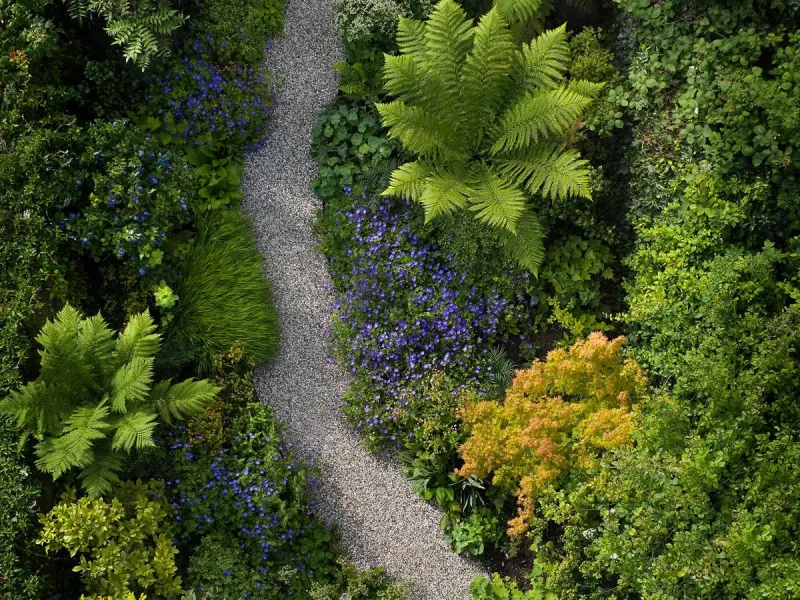
Biophilic design brings the outside in, enhancing indoor environments with natural elements. This trend is about harmonizing living spaces with nature, improving well-being and productivity. Green walls, natural materials, and ample sunlight define this approach. It’s ideal for urban dwellers craving a connection to nature without leaving their homes.
Incorporating biophilic elements can be as simple as adding houseplants or using natural wood finishes. This trend reflects a growing desire to blur the lines between indoor and outdoor living, creating serene spaces that promote health and happiness. It’s an artful blend of design and nature.
Hydroponic Systems
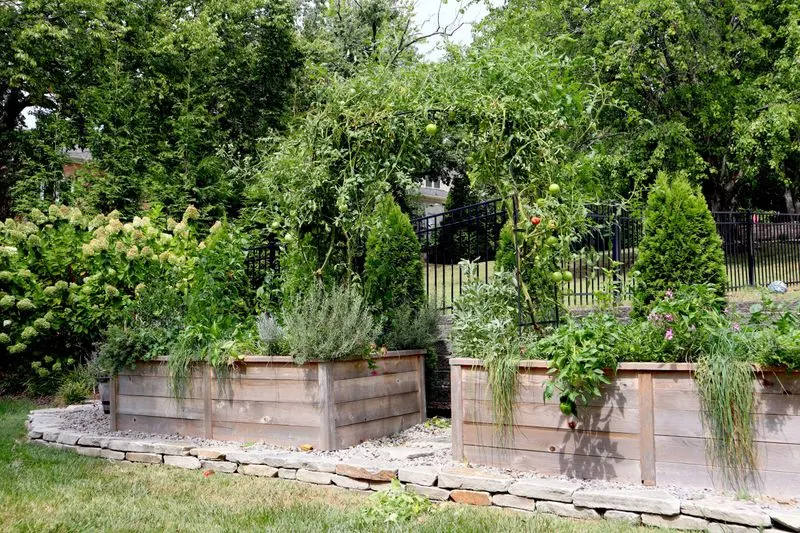
Growing plants without soil is not just for commercial farms anymore. Hydroponic systems are making their way into homes, allowing urban gardeners to cultivate fresh produce indoors. This method uses nutrient-rich water solutions to nourish plants, offering precision and conservation.
Small setups fit kitchens or balconies, making them accessible for city dwellers. Hydroponics enables year-round growth, unaffected by weather conditions. Beginners can start with simple kits, gradually expanding as confidence grows. It’s a forward-thinking approach to gardening, aligning with sustainable living trends and offering a reliable food source regardless of space constraints.

